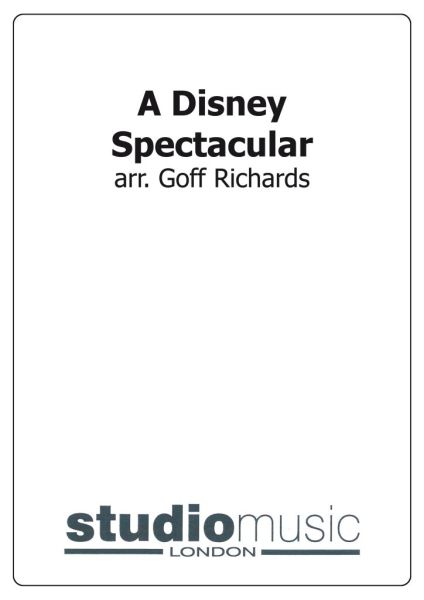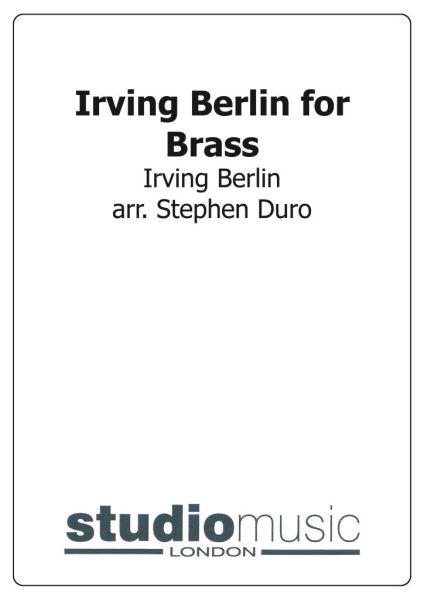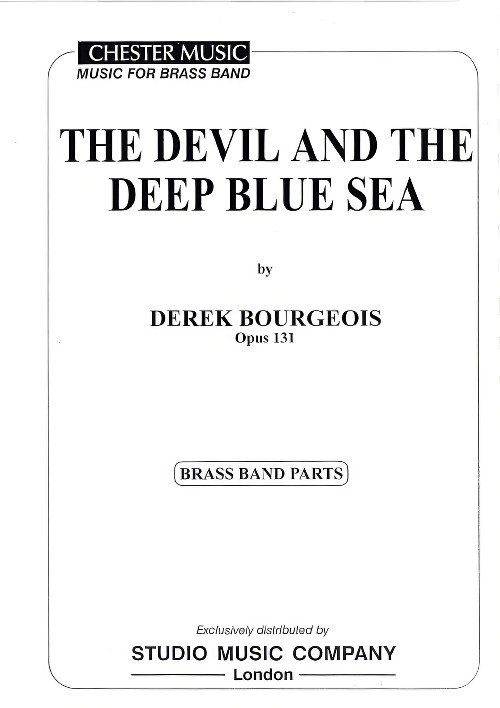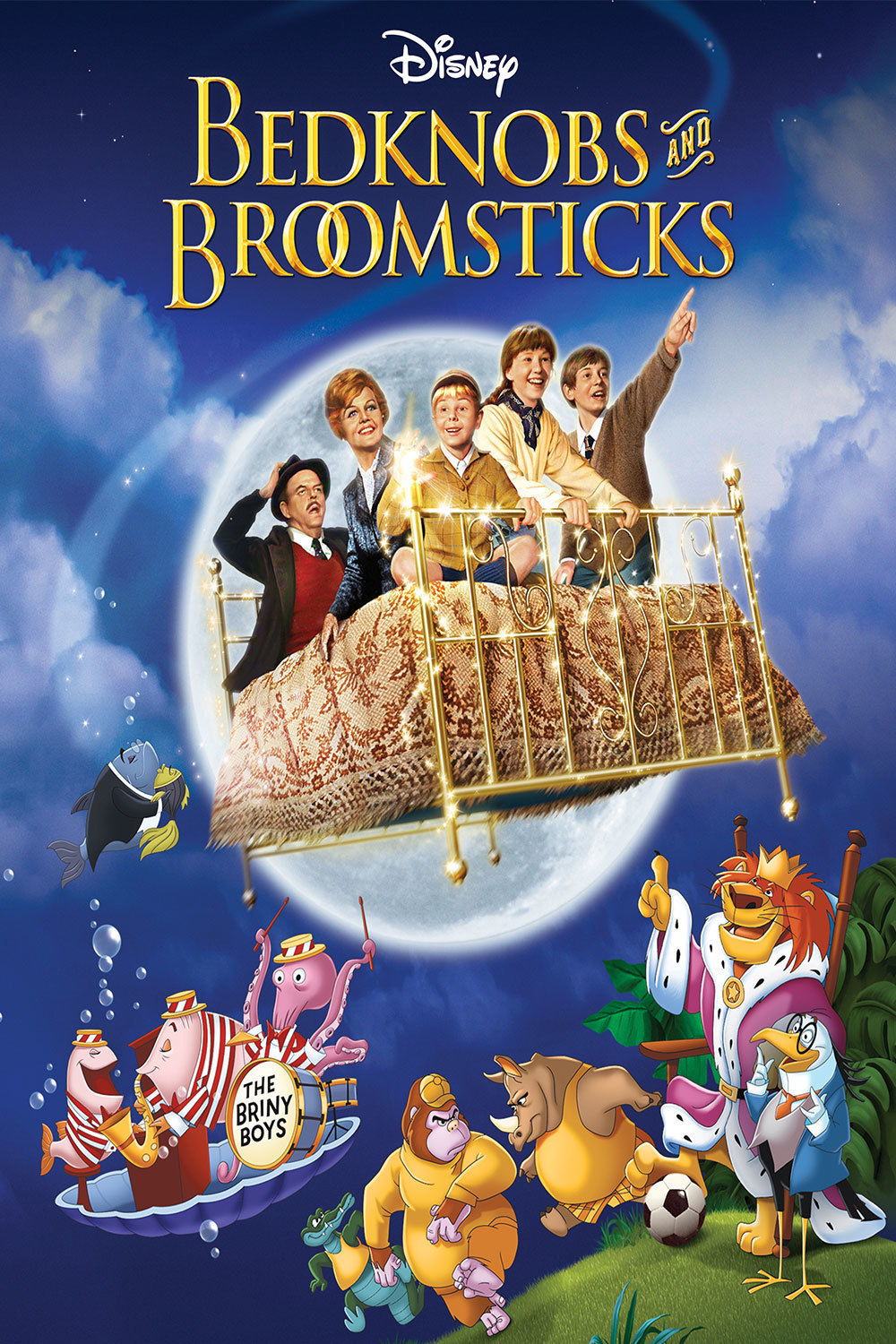Results
-
 £64.95
£64.95DISNEY SPECTACULAR (Brass Band) - Richards, Goff
Includes: Be Our Guest (Beauty & the Beast); Beauty & the Beast; Belle Notte (Lady and the Tramp); Bibbidi-Bobbide-Bo (Cinderella); A Spoonful of Sugar (Mary Poppins); Under the Sea (Little Mermaid); A Whole New World (Aladdin)
Estimated dispatch 7-14 working days
-
 £89.95
£89.95EVOCATIONS (Brass Band - Score and Parts) - Ellerby, Martin
1. Harlequin's Carnival 2. The Death of Don Quixote 3. Sueno (Dream) 4. The Royal Hunt of the Sea. Duration: 15:08 Recorded on QPRL210D The Music of Martin Ellerby (Vol.2)
Estimated dispatch 7-14 working days
-
 £44.95
£44.95EVOCATIONS (Brass Band - Score only) - Ellerby, Martin
1. Harlequin's Carnival 2. The Death of Don Quixote 3. Sueno (Dream) 4. The Royal Hunt of the Sea. Duration: 15:08 Recorded on QPRL210D The Music of Martin Ellerby (Vol.2)
Estimated dispatch 7-14 working days
-
 £64.95
£64.95A Disney Spectacular
Includes: Be Our Guest; Beauty and the Beast; Bella Notte (This is the Night); Bibbidi-Bobbidi-Boo; A Spoonful of Sugar; Under the Sea; A Whole New World.
Estimated dispatch 7-14 working days
-
 £44.95
£44.95Irving Berlin for Brass
Includes: A Couple of Swells; Change Partners; Easter Parade; The Piccolino; There's No Business Like Show Business; Top Hat, White Tie and Tails; We Saw the Sea.
Estimated dispatch 7-14 working days
-
 £56.00
£56.00 -
£94.95
Devil and the Deep Blue Sea - Derek Bourgeois
Estimated dispatch 5-14 working days
-
 £94.95
£94.95Devil and the Deep Blue Sea (Brass Band - Score and Parts) - Bourgeois, Derek
Recorded on QPRL065D Double Champions
Estimated dispatch 7-14 working days
-
 £49.95
£49.95Devil and the Deep Blue Sea (Brass Band - Score only) - Bourgeois, Derek
Recorded on QPRL065D Double Champions
Estimated dispatch 7-14 working days
-
 £37.50
£37.50Bedknobs & Broomsticks - Sherman & Sherman - Gavin Somerset
After the success of Mary Popping in 1964, Disney once again had a hit on their hands seven years later with the release of 'Bedknobs & Broomsticks'. Set in 1940, the film told the story of Eglantine Price, a spinster who was learning the ways of witchcraft to help Britain with the War effort. Richard & Robert Sherman provided another excellent score, with memorable songs that now for the first time, are available for Brass Band. This toe-tapping new work features The Old Home Guard, The Age of Not Believing, Portabello Road and, The Beautiful Briny Sea (with added bubbles!). Audiences of all ages will appreciation this title and is a great addition to any concert programme. Whilst rehearsals are suspended due to Covid-19, we are making some parts available to download FREE for home use and practice, alongside a downloadable backing track to play along to. To download the Solo Cornet part, please CLICK HERE . To download the Solo Horn part, please CLICK HERE . To download the Solo Euphonium part, please CLICK HERE . To download the Eb Bass part, please CLICK HERE . To download the playback audio to play along to, please RIGHT CLICK HERE & Save As .
In Stock: Estimated dispatch 1-3 working days
